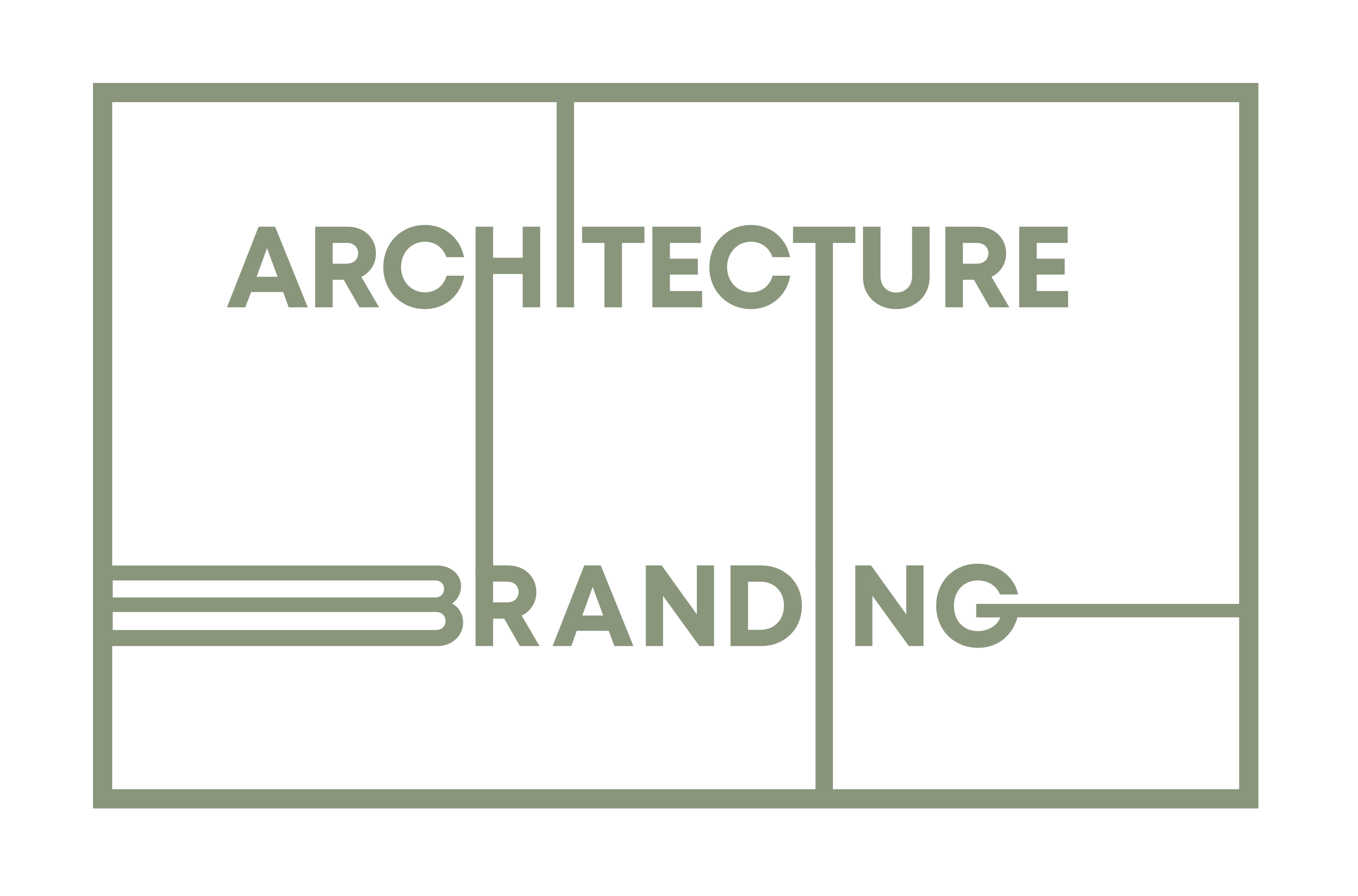Imagine trying to combine emotions with tangible experiences – not everyone feels the same way, nor do they perceive architecture and brands in the same way. Environments and surroundings change the way our brains work, and those changes affect our behaviour. So, how do these two disciplines provoke such changes in the human brain?
Architecture is about shaping a space; the phenomena of sunlight entering a room through a window reflects on materials and physically changes the space through colours and shadows. A simple decision such as the use of colours, can have a huge impact on conscious and subconscious stimuli of our psycho-spatial relationships. For example, if we apply a darker shade on a ceiling, the sensation of a lower space is generated; if we apply colour to the central wall of a space, the idea of a certain “spatial shorting” is visually created. In the same way, the shape of the space you live in can affect you in a practical and emotional way - “the office is well organised and I can easily find what I need to be productive” versus “the light and view projecting from the window inspires me while I’m working”.
And just like architecture, Branding is about shaping the identity and perception of a brand in the eyes of the world. Using the same principles as architecture, light, shape and colour can create an emotional response to a brand. Branding not only affects you in an emotional sense but also practical - “The shoe is light-weight” versus “the shoe makes me feel powerful”. However, it’s through the emotional response, in which we develop trust, build perceptions and expectations of a brand which resonate with us and keep us returning. Architecture on the other hand is the process of giving a meaning and function to a space, creating and shaping a feeling and behaviour in people’s mind.
The point is: when giving shape to a brand or physical space, we are also designing different user experiences, emotions and states of mind. So, what do we get if we combine these two disciplines? This is not necessarily a new concept, just think about exhibition spaces or point of sales. Famous brands like Apple, Starbucks or Patagonia design and shape their brands in combination with their spaces to convey a unique and memorable emotional experience. Architectural Branding design can support and promote a business by creating an environment that embodies the attributes of a company. This way, customers and employees recognise and experience the business's brand when they enter the building.
HOW TO APPLY BRANDING-IN-ARCHITECTURE:
1. It is not all about the logo: The best branding is subtle. Every aspect of your space’s design must be intentional to be effective; your logo does not need to be the focal point in your space, it will make your branding appear forced and may negatively affect the visual impact. In fact it’s been demonstrated that people tend to ignore imagery they see frequently.
2. Communicate Your Philosophy. Ask yourself: “How do I want people to feel when they step into my space?”. A tangible example can be a hospital; a good design solution should express the organisation’s values, but also guarantee that patients and visitors feel comfortable and welcome. A little example on how we can experiment with a child care facility:
· Images of the ocean or cityscapes, that calm and educate.
· Large, round ceiling fixtures; provide light and relaxation.
· Larger rooms; more inviting, less intimidating to children.
· Child-friendly graphics that reduce patient anxiety.
3. Brand a space with the words ‘people’ and ‘community’ in mind. A successful example is Starbucks; you know exactly what to expect from their stores: soft lighting, comfy seating, free internet, floor to ceiling tall windows. But, if you pay attention to their stores, you can see that each one is unique and different. Their brand intention is to build a community; the company uses common elements to maintain their identity, but also inject local personality into each store, based on the local surroundings.
4. Play with your brand colours (and don’t forget materials!)
Colours are linked to emotions and can really change people’s behaviour or mood. It’s really important to use the right colours for both your brand and space. Each colour can transmit different feelings and impressions:
· Blue: Transmits positivity, confidence, and security.
· Yellow: Portrays optimism, curiosity, joviality and a bright atmosphere.
· Red: Depicts energy, excitement, impulse.
· Green: Evokes calm, tranquillity, serenity and well-being.
· Orange: idea of intensity, creativity, euphoria, and enthusiasm.
· Violet: Transmits well-being, calmness, and softness.
See how the above principles were applied to the project
“The world of the Fatimids”, a museum exhibition designed in collaboration with Factory 39 for the Aga Khan Exhibition in Toronto.
